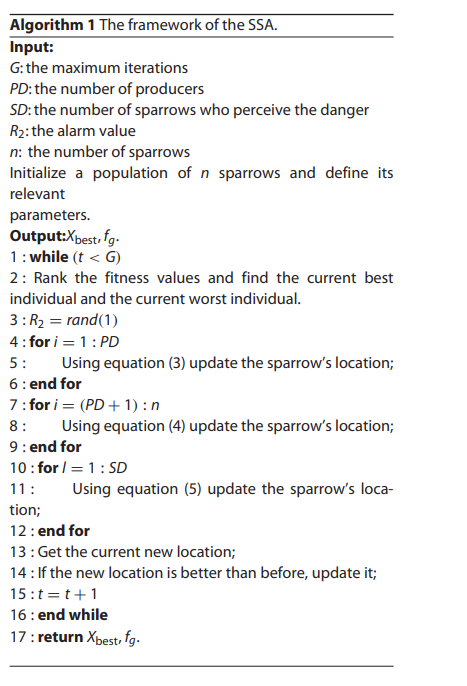-
A metaheuristic is a heuristic designed to find or select a heuristic that gives a “good enough” solution to an optimization problem, especially applicable for NP hard problems.
-
Metaheuristics are generally applicable, but do not guarantee optimality or polynomial running time
- From the perspective of logic, Metaheuristics are inductive and abductive rather than deductive.
-
For each heuristic, let
be the function being optimized. is an element in the solution space of the problem.
Metropolis-Hastings Algorithm
- The Metropolis-Hastings Algorithm is a Monte Carlo method for generating random samples from a probability distribution
whose distribution is difficult to compute. - The goal is to construct a Markov Process that simulates the behavior of
— it has the same stationary behavior as .
g(x'|x) : = distribution giving the probability of generating x' given x
t = 0
x_0 := initial solution chosen
loop:
Generate x'~ g(x' | x)
Calculate the acceptance probability (defined below)
Accept or reject based on the acceptance probability.
if accept:
x_{t+1} = x'
else:
x_{t+1} = x_t
t = t + 1
- The acceptance probability
is defined as follows
Simulated Annealing
- Inspired by the annealing process in metallurgy where metals are heated and cooled to improve strength.
- We introduce the following
- A cost function
that determines the cost of . - A temperature hyperparameter
in the same units as the cost function - A neighborhood of
, denoted . We sample from this neighborhood, denoted . - A convergence criterion.
- A cooling schedule
which determines the temperature at time .
- A cost function
t = 0
x_0 := initial solution
x* := optimal solution found so far. Initialize as x_0
while covnergence criterion not met:
Genenrate x' ~ N(x)
Get temperature T from cooling schedule at time t.
Calculate acceptance probability (see below)
if accept:
x* = x'
else:
x* = x_t
t = t + 1
return x*
-
The acceptance probability is defined as
Where
is the Boltzmann constant. -
The behavior of the above function is that of a Boltzmann distribution, mimicking the behavior of particles in thermodynamic equilibrium.
Animal-Inspired Search
- 1 propose a new swarm optimization approach called sparrow swarm search inspired by group wisdom, foraging and anti-predation observed in sparrows. Sparrows have two classes — producers and scroungers. Sparrows follow the following rules
- Producers have high energy reserves. The level of energy reserves depends on the assessment of fitness values of the individuals.
- Sparrows detect predators and send an alarm. When the alarm is strong enough, producers lead all scroungers to a safe area.
- Each sparrow can become a producer as long as it searches for the better food sources, but the proportion of the producers and the scroungers is unchanged in the whole population
- Sparrows with higher energy are producers. Starving scroungers fly to other places for food to get more energy.
- The scroungers follow the producer who can provide the best food to search for food.
- The sparrows at the edge of the group quickly move toward the safe area to get a better position when aware of danger, while the sparrows in the middle of the group randomly walk in order to be close to others.

-
Neuroevolution can be seen as a metaheuristic.
-
Screaming Insects Algorithm- an algorithm that simulates swarm intelligence. An abstract description is provided below
- Agents maintain an internal representation of their current state. They also maintain counters corresponding to each search item.
- Agents have a private goal corresponding to a specific item in search space. However, they can also interact with other objectives within search space.
- Agents search the search space. If they land on a desired item within the search space, maintain a counter corresponding to the distance of that agent to this item.
- Agents shout the values of their counters plus the maximum distance they can be heard at. Agents also listen to the other agents.
- If the heard value is less than the counter, update that counter and proceed with searching in the direction of the shouting if that is in line with the agent’s goal.
Links
Footnotes
-
Xue and Shen (2020) A novel swarm intelligence optimization approach: sparrow search algorithm ↩